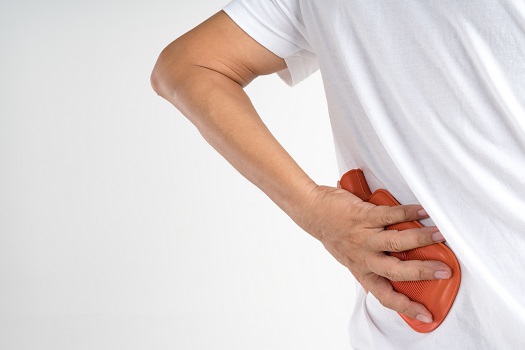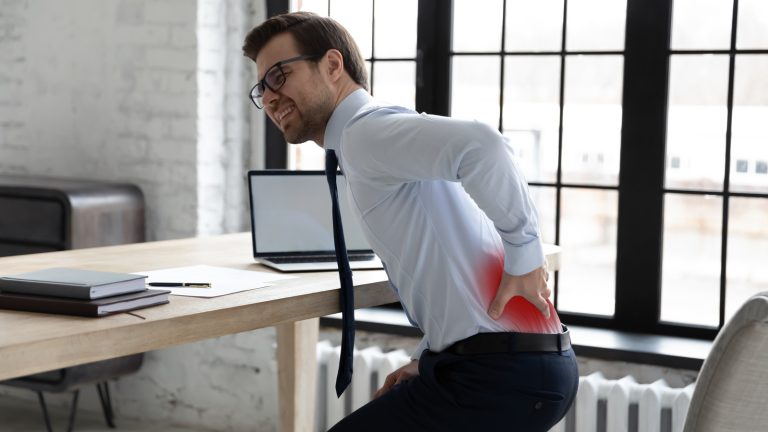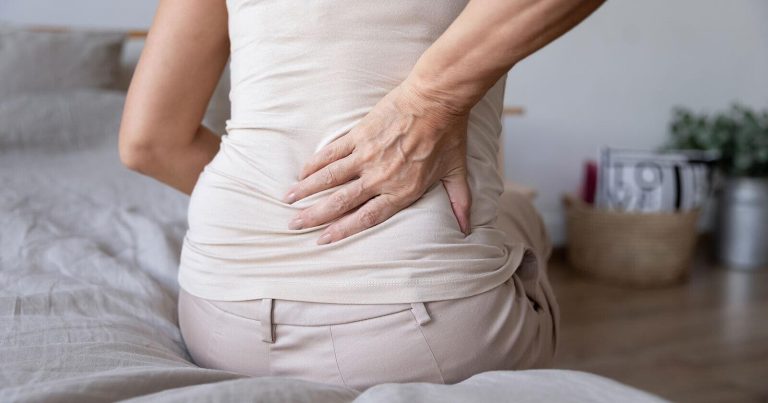A multidisciplinary team headed by researchers from UC San Diego has received $1.2 million from the National Science Foundation (NSF) to develop a new method to research and guide treatments for chronic back pain. The research will comprise an array of tools, including wearable sensors and machine-learning to improve physical therapy assessment and treatment.
The research will allow an online monitoring system of the patients posture and movements throughout the day and will ultimately have the goal of creating individualized treatment for physical therapy as well as improving the health of patients.”
Emilia Farcas, grant’s principal investigator and assistant researcher, Qualcomm Institute (QI), UC San Diego
New technology to solve an old issue
Low back discomfort affects as much as 80percent of people over their lives, and treatment costs and lost wages due to disability are more than 100 billion dollars in U.S. annually.
The NSF award provides four years of research to create the Multi-Sensor Adaptive Data Analytics For Physical Therapy (MS-ADAPT) system. It uses wearable technology as well as smartphones to monitor remotely the low back movements and posture, and maintain it by utilizing physical therapy and reporting patient discomfort. The participants in the study wear their own Fitbit along with the network of smart sensors created using nanotechnology and over-the-counter Kinesiology tape. The “Motion tape” sensors determine skin strains. This is the change or stretch in texture of the skin in the course of physical exercise and also spine movements and the intensity of activity or engagement in the muscles.
Researchers are also in the process of developing new machine-learning analytics that can predict the effects the physical therapy process has on lower back pain , enabling faster recovery, lower healthcare costs and more individualized treatment.
The research project is situated at the intersection of a variety of disciplines of study, which include wearable sensors, software engineering machine learning and precision medicine. spine biomechanics, and physical therapy.
“The extremely collaborative atmosphere and the close cooperation between researchers has allowed us to study this multidisciplinary and vital subject,” said Ken Loh who is a co-principal investigator for MS-ADAPT and structural engineering professor at the UC San Diego Jacobs School of Engineering.
Other co-principal investigators are Sara Gombatto, professor in the Doctor of Physical Therapy Program at San Diego State University, and Arun Kumar and Qi (Rose) Yu, assistant professor and associate professor respectively, from their respective departments of the Computer Science and Engineering Department at the Jacobs School and Halicioglu Data Science Institute. Senior researchers who are part of the research are Kevin Patrick, professor in the School of Public Health and researcher at QI and Job Godino, associate research scientist at QI’s School of Public Health and director of the Exercise and Physical Activity Resource Center (EPARC) at QI.
A platform that can be adapted
As part of the team’s longer-term goals, researchers might one day utilize MS-ADAPT as an universal platform to study different medical conditions, like the loss of limbs, spinal cord injury and stroke. In the context of studying and managing the chronic lower back pain MS-ADAPT’s team believes that the latest technology can be used to predict the progression of patients through treatment, and also assessing the likelihood of re-injury.
As part of the project’s multidisciplinary character, Farcas and colleagues plan to make use of this collaboration to teach the next generation of researchers who work across academic disciplines.
Boundary-breaking research is an integral part of the work done at QI. For more on endeavors led by QI researchers, visit https://qi.ucsd.edu/.
University of California – San Diego





